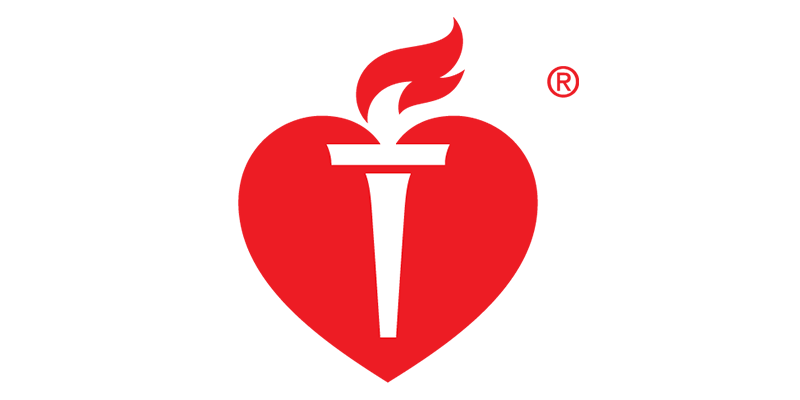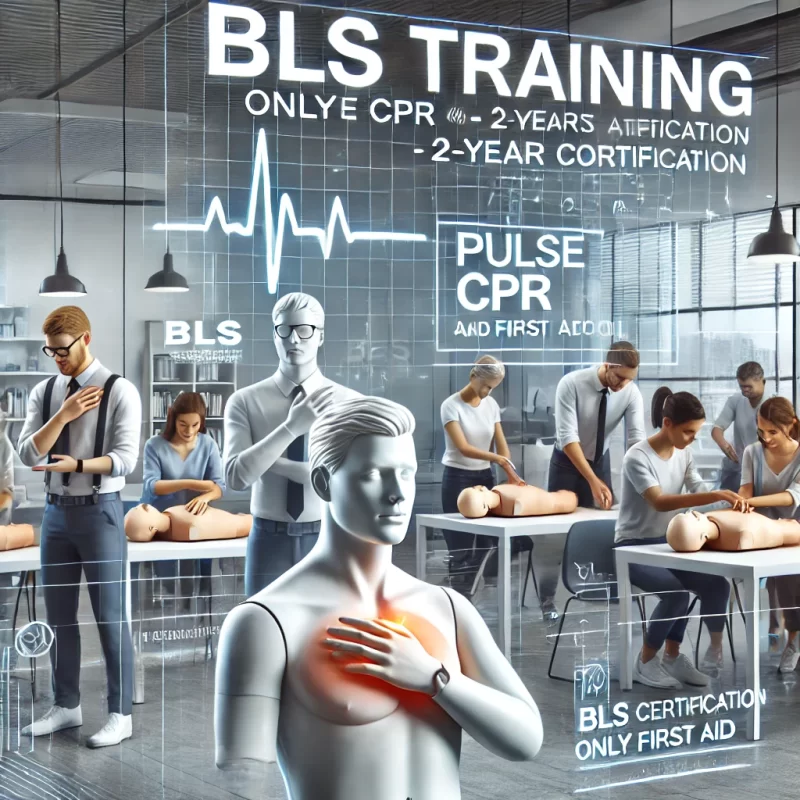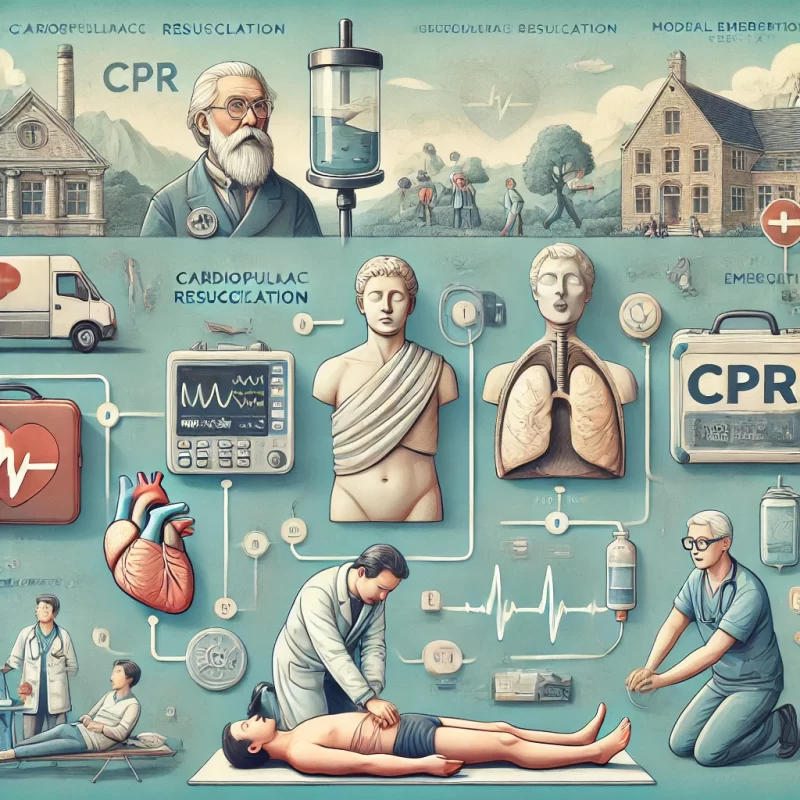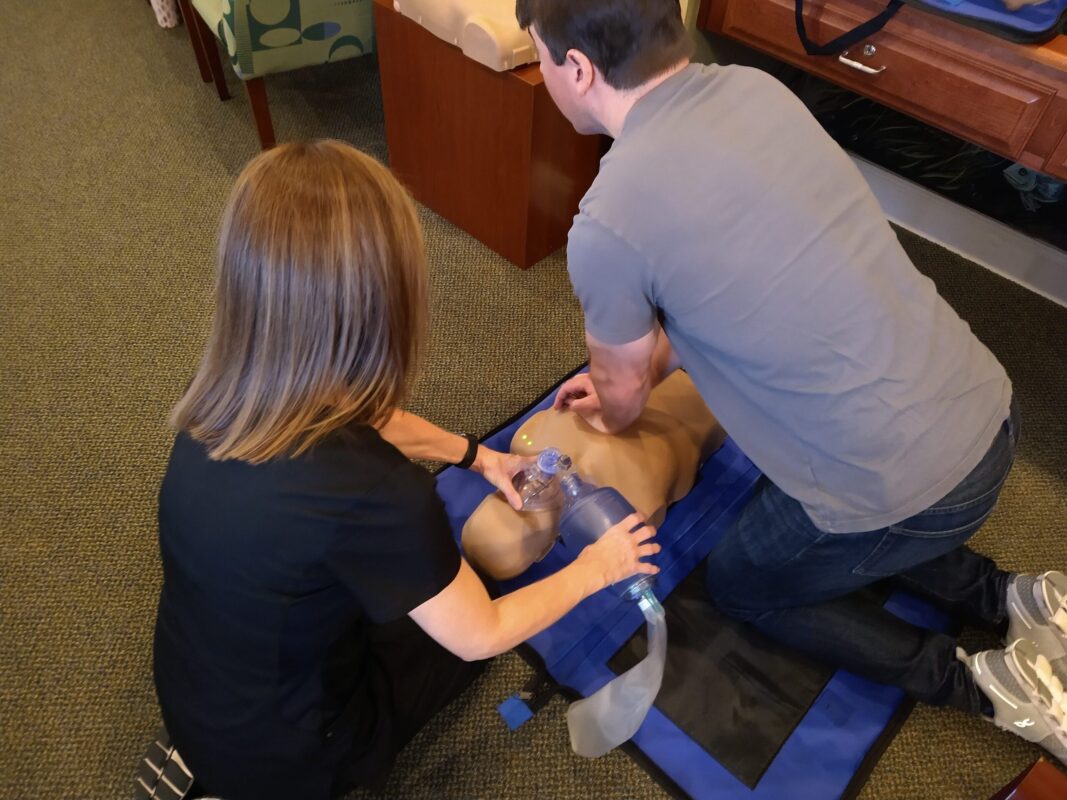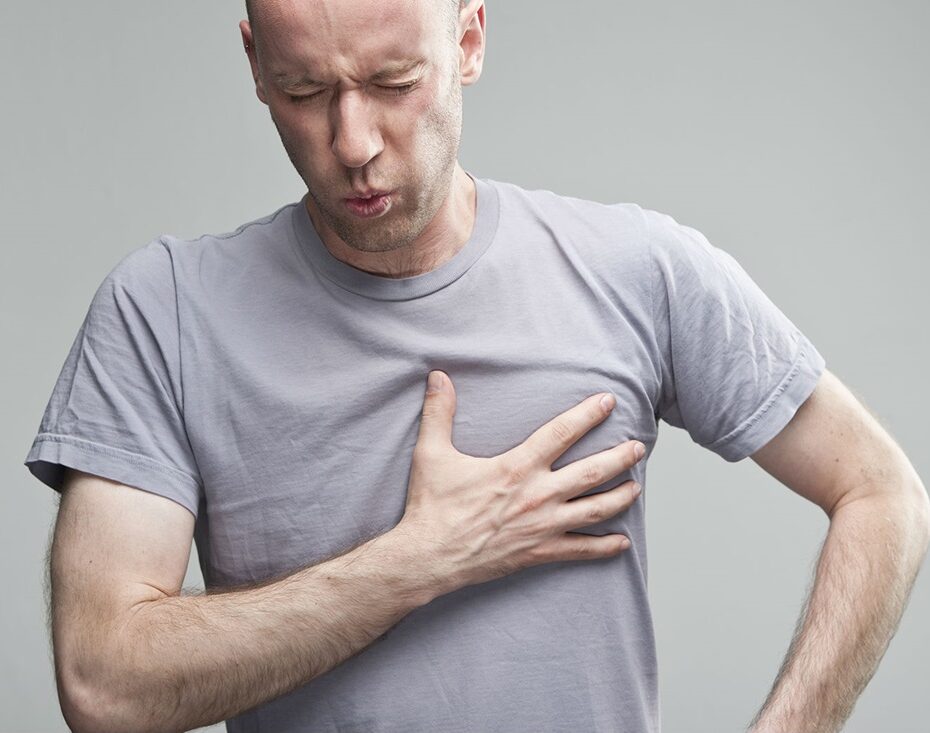Cardiologist Augusta GA Heart Bypass and Cardiovascular disease
The term Cardiovascular Disease covers a large number of diseases that directly affect the heart and the blood vessel system. It especially affects the veins and arteries that lead to and from the heart. Research has suggested that women who suffer with cardiovascular disease usually suffer from forms that affect the blood vessels. While men usually suffer from forms that affect the heart muscle itself. Other known or associated causes of cardiovascular disease include diabetes mellitus, hypertension and hypercholesterolemia.
Heart disease and strokes are other common cardiovascular diseases. Two independent risk factors that have a major impact for heart diseases, cardiovascular diseases, are high blood pressure and high blood cholesterol.
Now day’s heart disease does not have to be a death sentence. There are healthy lifestyle choices that can be made and science has come a long way in the early detection of heart disease.
Cardiologist in Augusta, GA. Heart Bypass and Cardiovascular disease
There is a type of heart surgery, sometimes called CABG (“cabbage”). The surgery reroutes, or “bypasses,” blood around clogged arteries to improve blood flow and oxygen to the heart.
The arteries that bring blood to the heart muscle (coronary arteries) can become clogged by plaque (a buildup of fat, cholesterol plus other substances). This can then slow or stop blood flow through the heart’s blood vessels, leading to chest pain or a heart attack. Increasing blood flow to the heart muscle can relieve chest pain and also reduce the risk of heart attack.
Surgeons take a segment of a healthy blood vessel from another part of the body, and then make a detour around the blocked part of the coronary artery. An artery may be detached from the chest wall and the open end attached to the coronary artery below the blocked area. Or a piece of a long vein in your leg may be taken. One end is sewn onto the large artery leaving your heart – the aorta. The other end of the vein is attached or “grafted” to the coronary artery below the blocked area.

